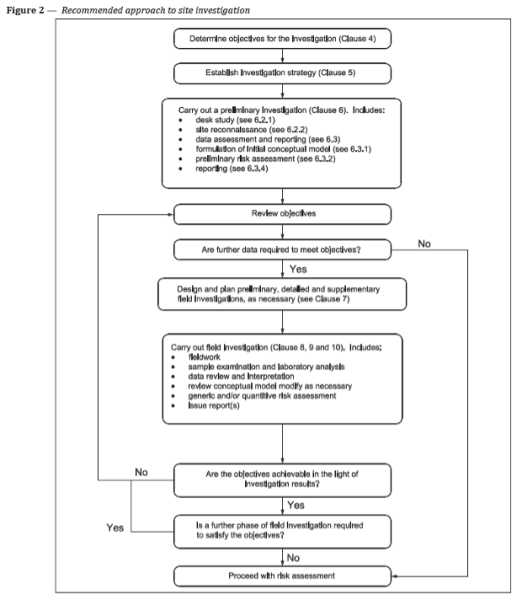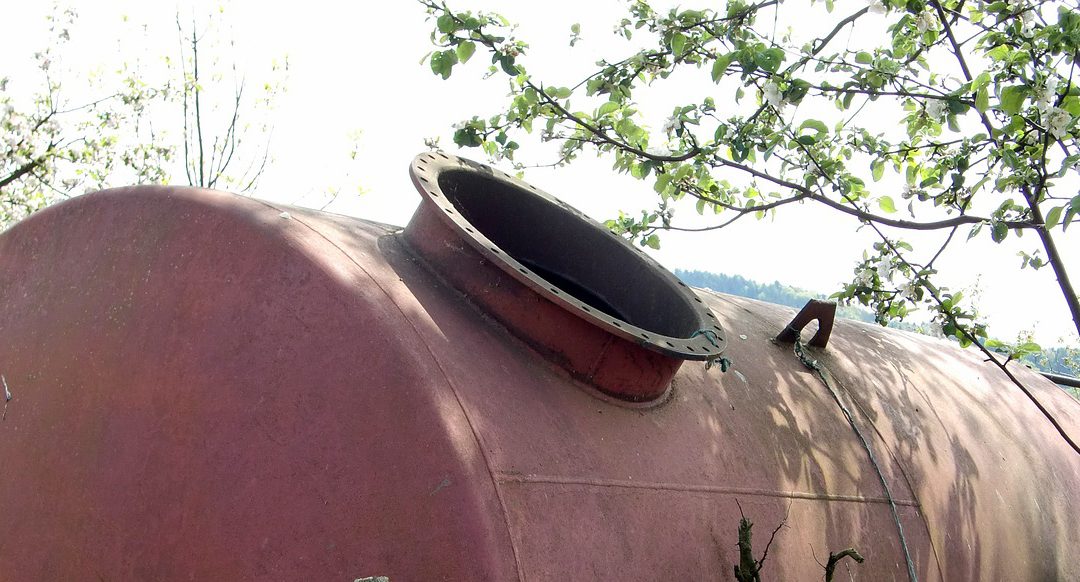Phase 1 Contamination Risk Assessments
Geoenvironmental • Industry matters • Regulation
Why do I need a Contaminated Land Phase 1 Risk Assessment (Desk Study)? Why can’t I just go straight to sampling and testing? We hear these questions fairly frequently and understand why clients query paying for an £850 desk-based report when they think we could just assume and go straight for testing?
It’s down to historical poor practice
Sadly this mindset is a legacy of shoddy practice within the Contaminated Land Industry. The key is something we call “Plausible Pollutant Linkage”. This being a realistic scenario where an end-user may be exposed to contamination and where there is a risk of harm (short and long term).
The trouble is different people’s opinions of risk vary considerably. Unfortunately, these ‘opinions’ are different ‘shades of grey.’
A contaminated land consultant may, one morning, set a high bar, and discount everything as non-plausible. The next, in need of some site investigation revenue, they may suggest immediate investigation works to test for a non-realistic scenario. This is something that Ground & Water definitely will not do…!
It is also important to remember that Councils’ contaminated land teams are likely to err on the side of caution more times than not.
So why do we do Phase 1 Desk Studies?
The basis of the answer is in the quote.
 Contaminated Land testing suites are fairly general, and this is definitely more for ease than anything. However, there are subtleties to suites which the Desk Study is fundamental for. A prime example of this is PFAS. A Desk Study is a vital stage of a contaminated land project for PFAS in soil determination. This can go drastically wrong, if things are assumed to be present or not… This is the same for geotechnical scenarios.
Contaminated Land testing suites are fairly general, and this is definitely more for ease than anything. However, there are subtleties to suites which the Desk Study is fundamental for. A prime example of this is PFAS. A Desk Study is a vital stage of a contaminated land project for PFAS in soil determination. This can go drastically wrong, if things are assumed to be present or not… This is the same for geotechnical scenarios.
Other examples include radioactive sites, vapour risks from volatile/semi-volatile compounds, PCB’s and where they include or don’t include hydrocarbons. Some exotic metals/semi-metals sometimes need to be included depending on the history of a site.
There also may be a specific onsite source which needs investigating, like a tank or backfilled pond or similar. You wouldn’t know these are there if you hadn’t done the Desk Study.
The other aspect is… It’s a regulatory requirement. Both BS10175:2017 (Investigation of potentially Contaminated Site) and LCRM consider Desk Studies as a fundamental. The standard makes clear that Contamination Assessments should be rejected without a preliminary assessment/Conceptual Site Model/Desk Study. See the flow chart below right.
 Land Contamination Risk Management (LCRM) states:
Land Contamination Risk Management (LCRM) states:

So, as you can see, Phase 1 Risk Assessments (Desk Studies) for contaminated land are definitely a requirement. So what does Ground & Water do with them and what do you get out of them?
We use them to assess pollutant linkages in a plausible way. If they are not plausible then they are not assessed. If they are, then the linkage is tested during a Site Investigation.
Easy to say, but we do this and then provide evidence to support, while incorporating any guidance and regulations into our way of thinking, with acknowledgement of the uncertainties.
Any Desk Study may be limited by the amount and quality of information about the site that is available. This is when going the extra mile (the use of microfiche etc.) may come in handy.
The result for you…
- No needless testing for hydrocarbons when unlikely to be present. – Saving you money
- No needless testing for volatile’s when unlikely to be present. – Saving you money
- No needless gas monitoring when there is no credible risk – Saving you money
- Not missing a test in a specific spot which comes back to bite you – Saving you money
- Getting an accurate contamination risk assessment that passes a council review first time – Saving you time and money.
And just for fun
“… As we know, there are known knowns; there are things we know we know. We also know there are known unknowns; that is to say we know there are some things we do not know. But there are also unknown unknowns – the ones we don’t know we don’t know… It is the latter category that tend to be the difficult ones.”
Former US Secretary of Defence, Donald H. Rumsfeld (2002)* *According to Wikipedia, the idea of ‘unknown unknowns’ was created in 1955 by two American psychologists, Joseph Luft (1916–2014) and Harrington Ingham (1916–1995).
